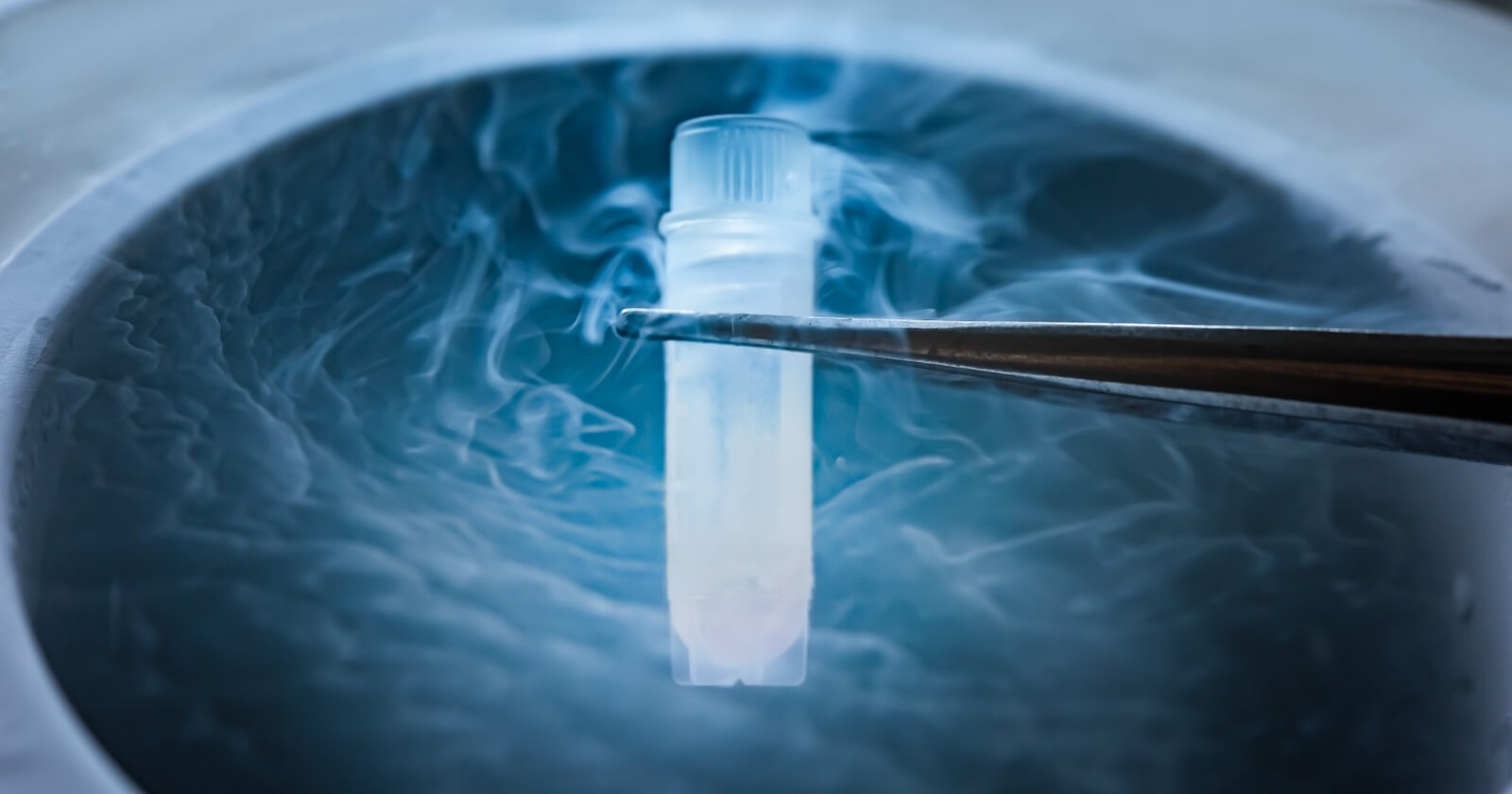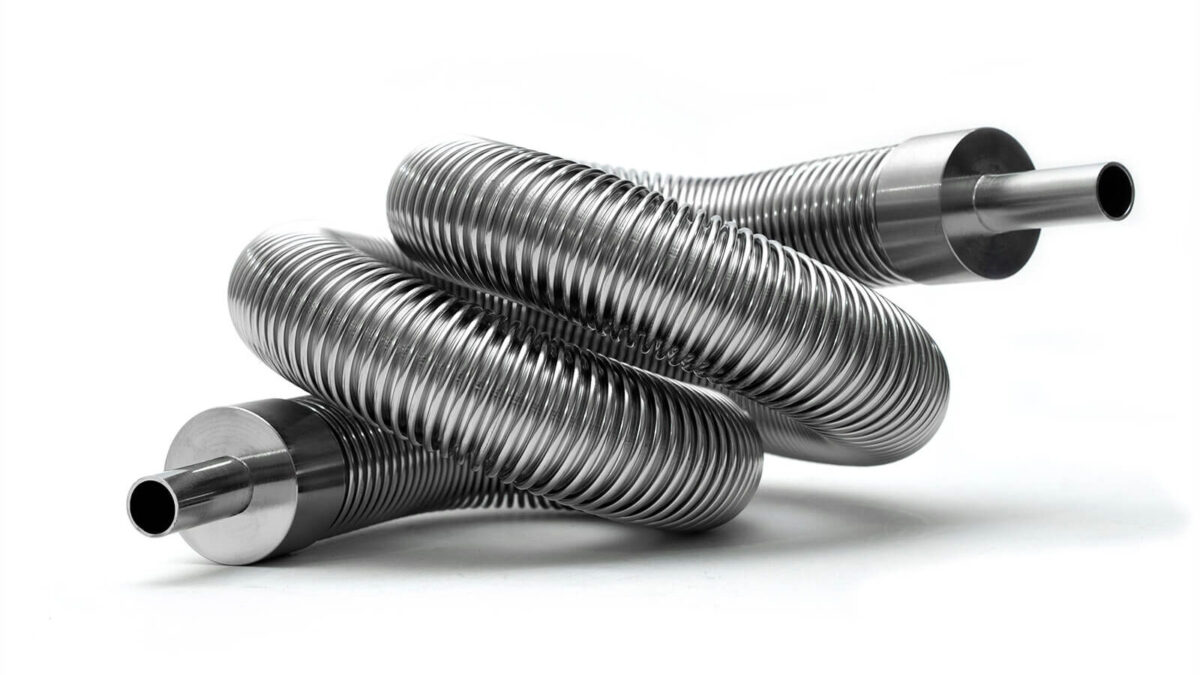Cryogenic freezers provide ultra-low temperature storage solutions for biomedical materials including biological samples, cells, tissues, and medications including vaccines. These valuable materials are highly sensitive, and can quickly degrade at higher temperatures. Luckily, cryogenic storage provides solutions to safeguard their integrity and viability.
The overlooked accessory: Transfer hoses for cryogenic freezers
Ultra-low temperature freezer manufacturers spend countless months and years perfecting equipment for cryopreservation. These devices typically use liquid nitrogen (LN2) to deliver temperatures as low as -196 degrees Celsius. But, an important aspect can sometimes be overlooked.
The transfer hoses that bring the cryogen into the freezer are the most important accessory for these systems. When selected correctly, these transfer hoses help reduce LN2 costs, maintain cleanliness, and run a thermally efficient cryogenic freezer installation.
The impact of insulated vs. uninsulated transfer hoses on LN2 costs
Transfer hoses for cryogens are typically divided into two categories: insulated and uninsulated. When dealing with such extreme temperatures, insulated hoses are the clear winner. But, some manufacturers opt to use uninsulated transfer hoses to save money. But, this decision can be shortsighted, and can ultimately result in higher costs due to LN2 consumption.
When the transfer hose is uninsulated, valuable liquid nitrogen boils off into the surrounding air. LN2 that has boiled into the surrounding environment is virtually impossible to recover. End users of cryogenic freezers therefore need to pump more LN2 to fill up the freezer. Over time, LN2 material costs continue to increase, resulting in wasted cryogens and increased cost.
The best insulated hose option for cryogenic freezing is a vacuum jacketed hose. Vacuum jacketed hoses are double-walled hoses that use a vacuum barrier to insulate the cryogen. By thermally protecting valuable cryogenic materials from boil-off, vacuum jacketed hoses reduce LN2 costs for biomedical facilities. The best cryofreezer equipment manufacturers supply vacuum jacketed hoses with their products.
Read more: What’s the difference between cryogenic hoses and vacuum jacketed hoses? →
Maintaining cleanliness: Additional benefits of vacuum jacketed hoses
Biomedical facilities need to be as clean as possible, and uninsulated hoses can negatively impact cleanliness in these systems. Uninsulated cryogenic transfer hoses accumulate frost and condensation, and the moisture can drip onto the floor or nearby equipment. This can increase cleaning requirements, cause slipping hazards, and allow moisture to ingress into unwanted areas.
In addition to reducing LN2 costs, vacuum jacketed hoses help to prevent moisture and dripping to maintain a clean work area. Their stainless steel inner and outer surfaces are naturally compatible with clean biomedical environments.
Insulon vacuum jacketed hoses: Unparalleled performance and cost savings
Insulon vacuum jacketed hoses have unique features that set them apart from other vacuum jacketed hoses. Insulon hoses are manufactured with a proprietary process that results in a hyper-deep vacuum within the vacuum annulus. This hyper-deep vacuum results in more consistent long term performance without the need for pump-down maintenance. Insulon vacuum jacketed hoses are so reliable, they don’t even have pump-down ports.
Insulon hoses are also available at a wider range of pressure and price points than other vacuum jacketed hoses. Insulon can be purchased in both low pressure and high pressure options, depending on the needs of the cryogenic freezer system. Many cryofreezer systems, especially those that use inline pressure relief valves, can benefit from cost savings with low pressure Insulon hoses.
Plus, Insulon hoses are available with and without MLI. For cryofreezer systems that depend on continuous transfer of liquid nitrogen, Insulon hoses with MLI may be optimal. For systems that only require intermittent transfer of LN2, customers can reduce cost by purchasing Insulon hoses without MLI.

Partner with Concept Group for efficient and cost-effective transfer hoses for cryogenic freezers
Concept Group engineers are well versed in the needs of cryogenic freezer systems for biomedical applications. Reach out to us to discuss your setup and transfer hose requirements. We can help you design the most thermally efficient, cost effective cryogenic freezer system.


